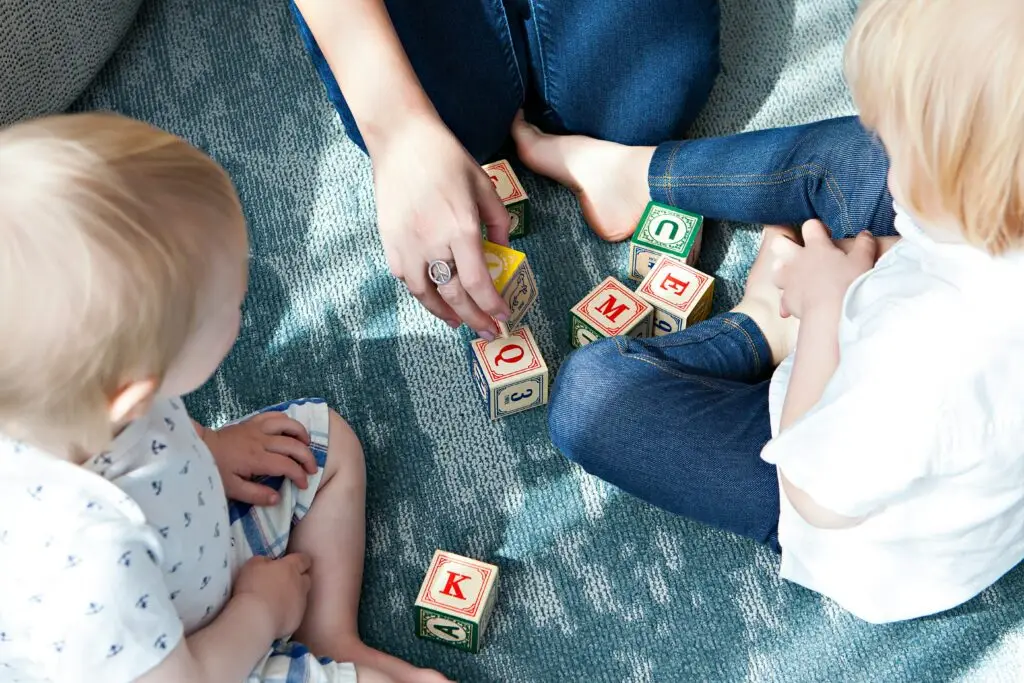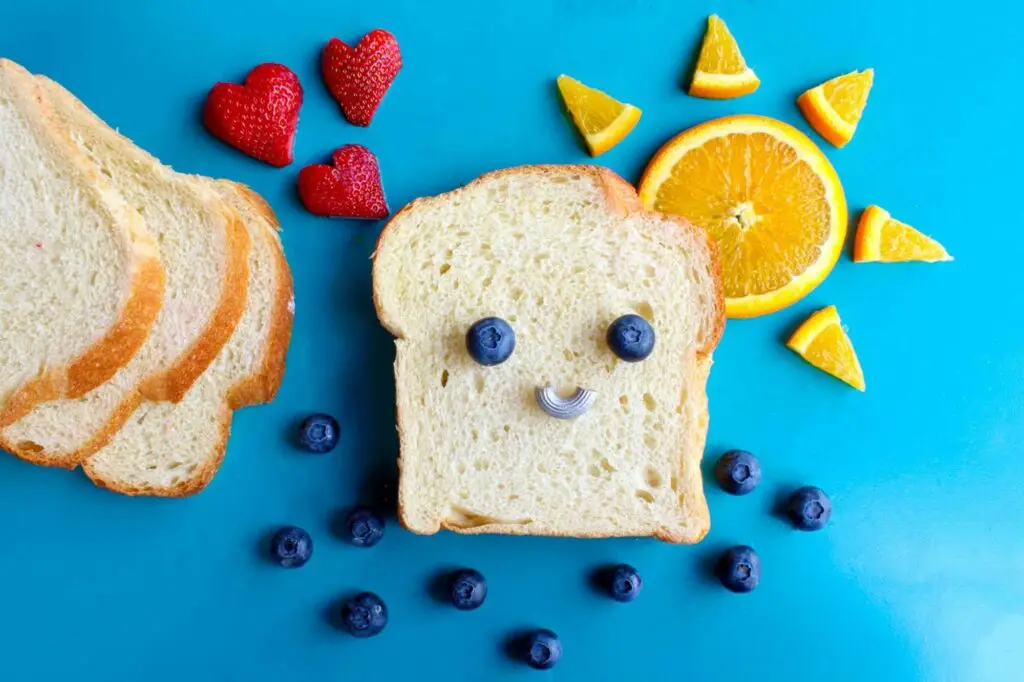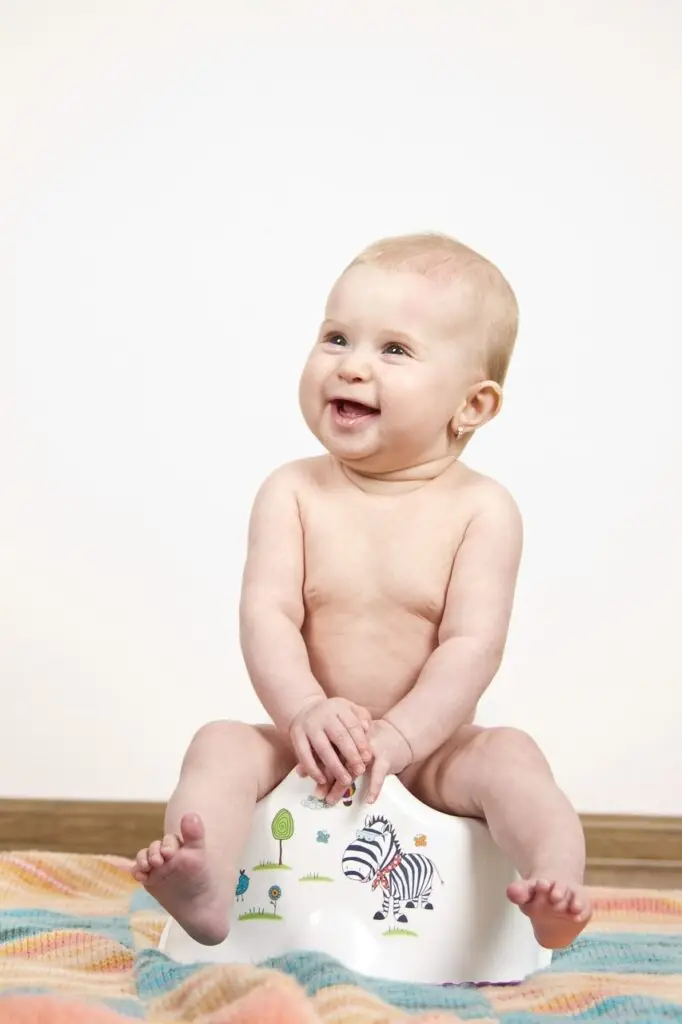Montessori Toys for Fine Motor Skill Development
One area that deserves special attention in our child’s development is fine motor skills, essential for everyday activities like writing, buttoning a shirt, or tying shoelaces. Montessori toys, with their thoughtful design and educational purpose, offer an excellent way to help children sharpen these skills. In this guide, we will explore the benefits of Montessori toys for fine motor skill development and highlight some great examples to consider.

What Are Fine Motor Skills and Why Are They Important?
Fine motor skills involve the use of small muscles in the hands and fingers to perform precise movements. These skills are crucial for tasks such as:
- Writing and drawing
- Cutting with scissors
- Dressing (buttoning, zipping, tying)
- Using utensils
Developing fine motor skills in early childhood is essential as they lay the foundation for academic skills and daily self-care activities. Enhancing these skills also boosts hand-eye coordination and cognitive development.
The Montessori Approach
The Montessori method, developed by Dr. Maria Montessori, emphasizes hands-on learning and self-directed activity. Montessori toys are designed to be simple, engaging, and purposeful, encouraging children to explore and learn at their own pace. These toys often focus on fine motor skill development by requiring children to manipulate objects in various ways, such as twisting, turning, pinching, or threading.
Key Features of Montessori Toys
Montessori toys are unique because they:
- Are made from natural materials like wood, metal, or fabric
- Encourage open-ended play without fixed outcomes
- Promote concentration and focus
- Allow children to practice and master tasks independently
- Are aesthetically pleasing and designed to engage the senses
Top Montessori Toys for Building Fine Motor Abilities
Stacking and Nesting Toys
Stacking and nesting toys, such as wooden blocks or nesting cups, are fantastic for developing fine motor skills. Children learn to grasp, lift, and balance objects, strengthening their hand muscles and improving coordination. For example, a set of wooden rainbow stackers encourages children to experiment with balancing and building, promoting both creativity and dexterity.
Peg Boards
Peg boards come with small pegs that children can fit into corresponding holes. This activity requires precision and control, helping to develop the pincer grasp essential for writing. A classic example is the wooden peg board with colorful pegs of different shapes and sizes, where children can create patterns or simply enjoy inserting and removing the pegs.
Lacing and Beading Sets
Lacing and beading toys involve threading strings through holes or beads, significantly enhancing fine motor skills. Wooden lacing toys, such as animal shapes with holes and accompanying laces, or large wooden beads with strings, are perfect for young children. These activities improve hand-eye coordination and patience as children carefully thread the laces through small spaces.
Shape Sorters
Shape sorters require children to manipulate different shapes and fit them into corresponding slots. This activity develops spatial awareness, problem-solving skills, and hand dexterity. A wooden shape sorter with various geometric shapes helps children recognize shapes while practicing the fine motor skills needed to turn and fit the pieces correctly.
Puzzles
Simple wooden puzzles are excellent for fine motor development. Picking up and placing puzzle pieces requires precise finger movements and enhances cognitive skills. Begin with large knob puzzles for toddlers and gradually introduce more complex puzzles as their skills improve. For instance, a farm animal puzzle with large, chunky pieces helps little ones develop their grip and problem-solving abilities.
Practical Life Toys
Montessori practical life toys mimic real-life activities, encouraging children to practice everyday tasks. Examples include button boards, zippers, and dressing frames. These toys not only develop fine motor skills but also promote independence as children learn to dress themselves. A wooden dressing frame with different fasteners like buttons, zippers, and buckles allows children to practice these skills in a fun and engaging way.
Tips for Parents
To make the most of Montessori toys for fine motor skill development, consider the following tips:
- Observe Your Child: Pay attention to your child’s interests and developmental stage. Choose toys that match their current abilities and challenge them just enough to promote growth.
- Create a Prepared Environment: Arrange a dedicated space for play with Montessori toys. Keep the area clutter-free and ensure toys are accessible to encourage independent play.
- Encourage Repetition: Repetition is key to mastering fine motor skills. Allow your child to engage with the same toy multiple times to build confidence and proficiency.
- Be Patient and Supportive: Let your child explore and learn at their own pace. Offer guidance when needed but avoid taking over the activity.
Montessori toys are an invaluable tool in supporting your child’s fine motor skill development. By providing engaging, hands-on activities, these toys help children build the strength and coordination needed for everyday tasks. As you incorporate Montessori toys into your child’s playtime, you’ll not only witness their growth in fine motor skills but also their joy in learning and mastering new challenges.


